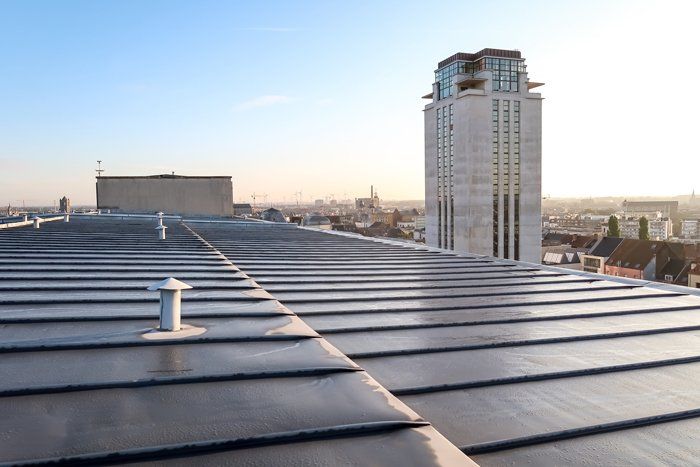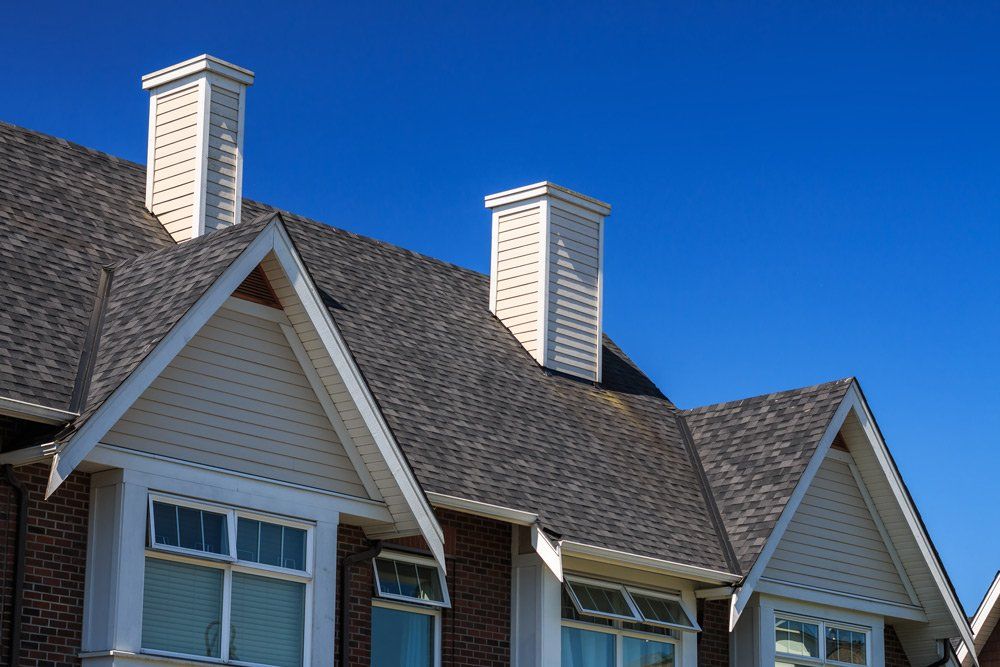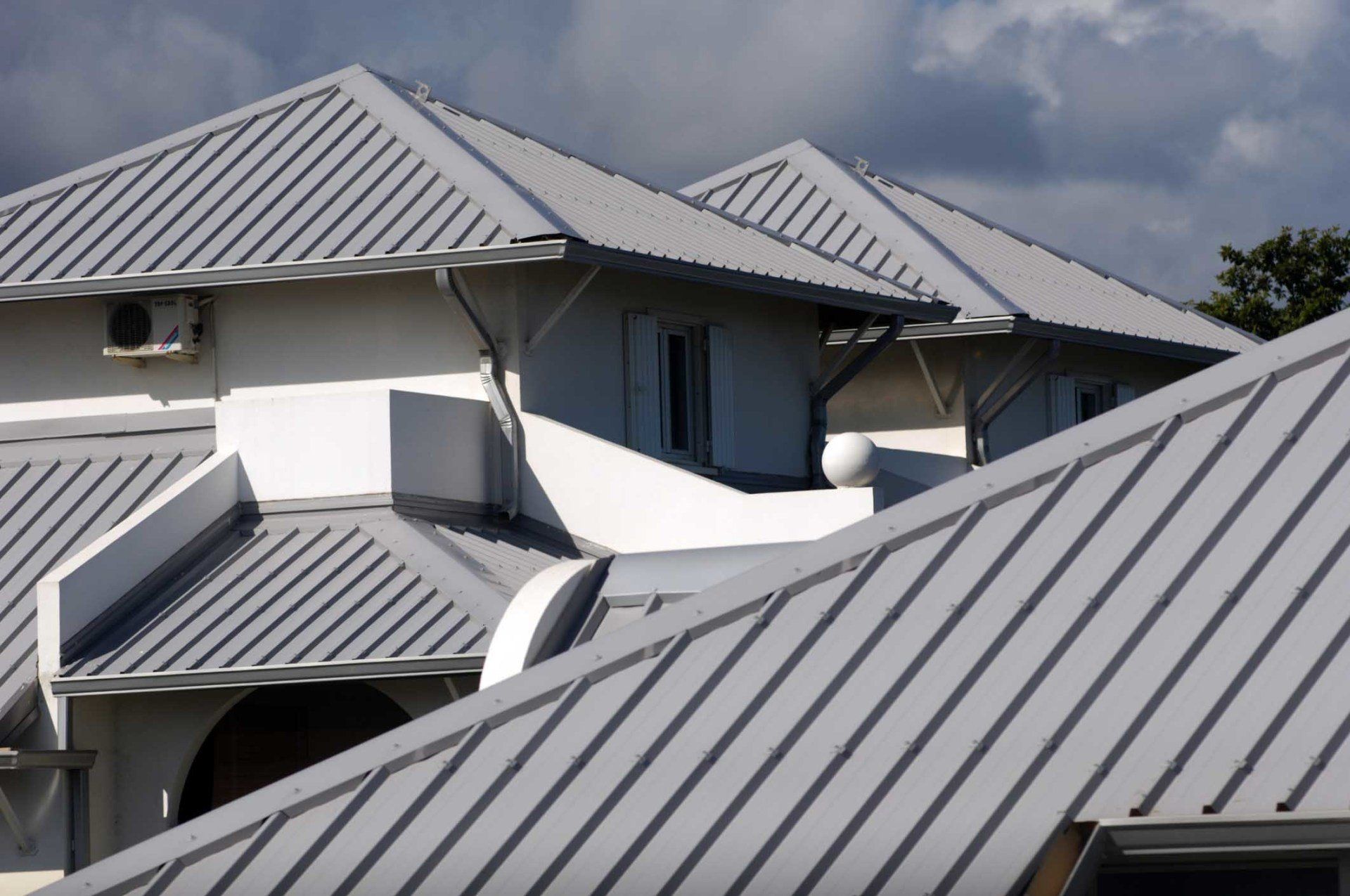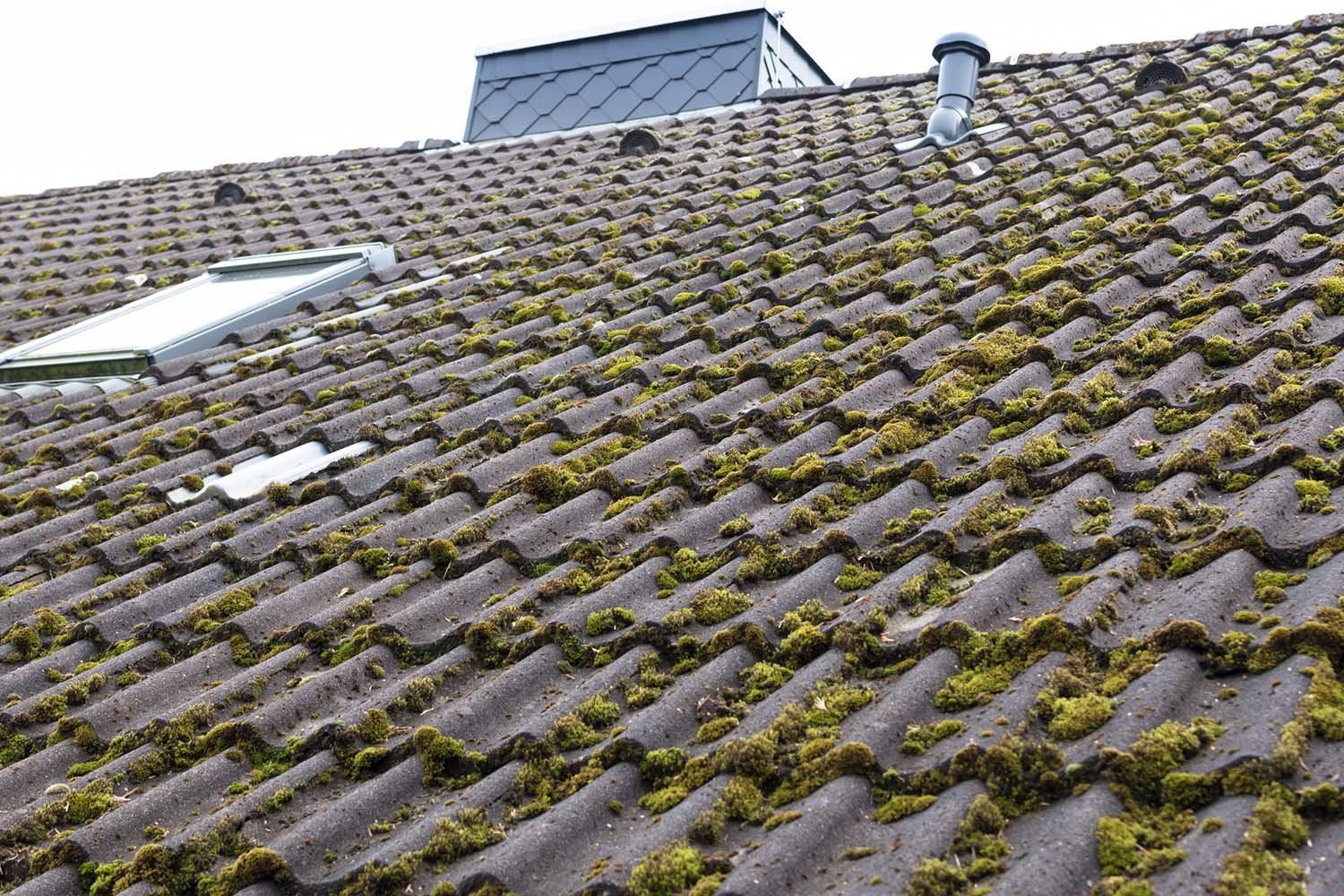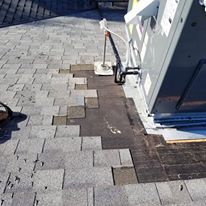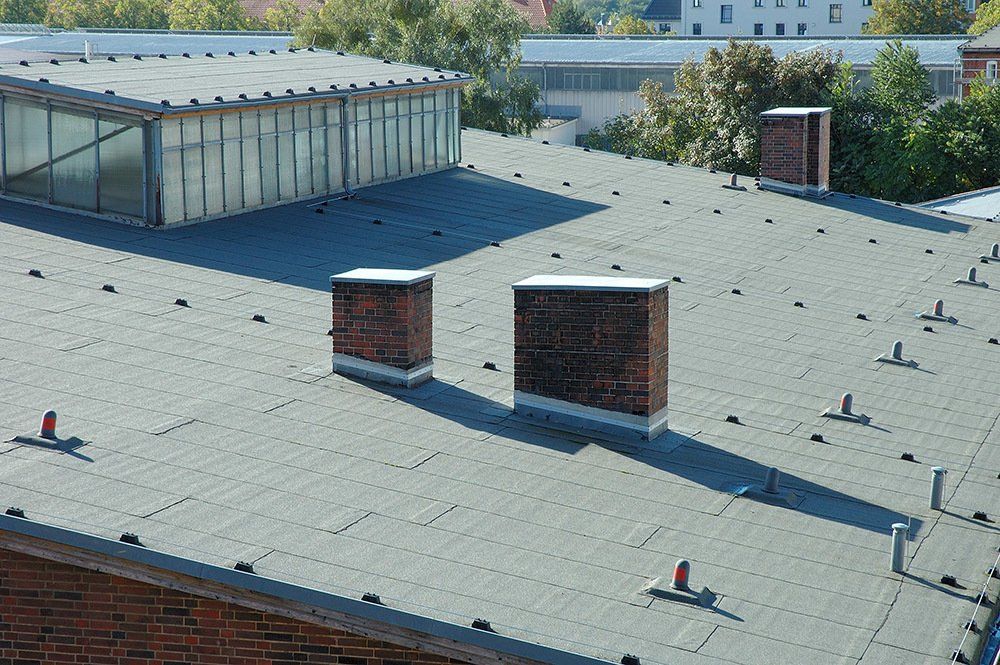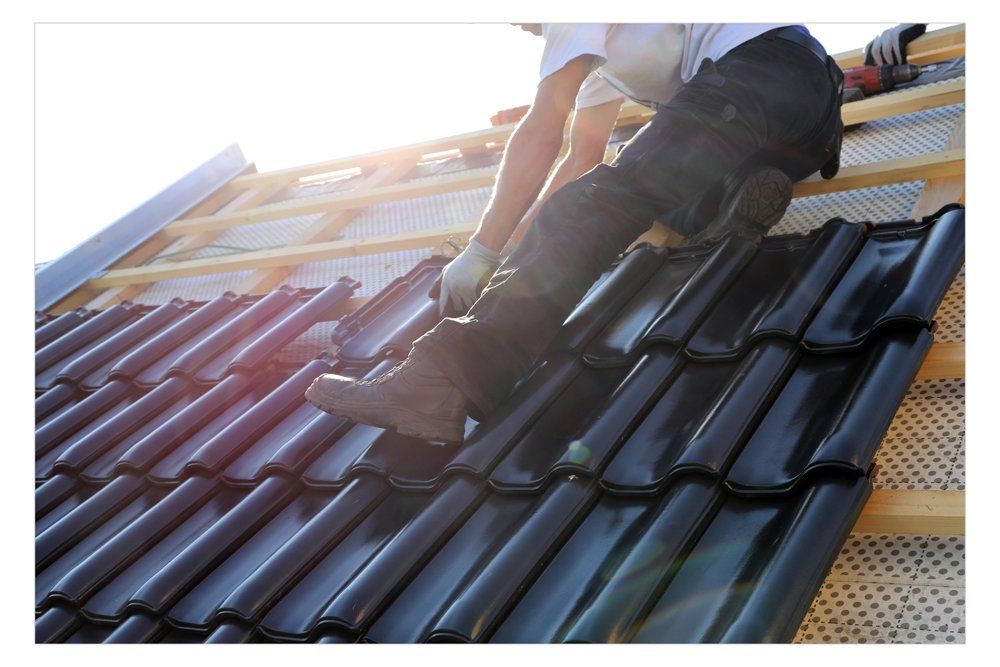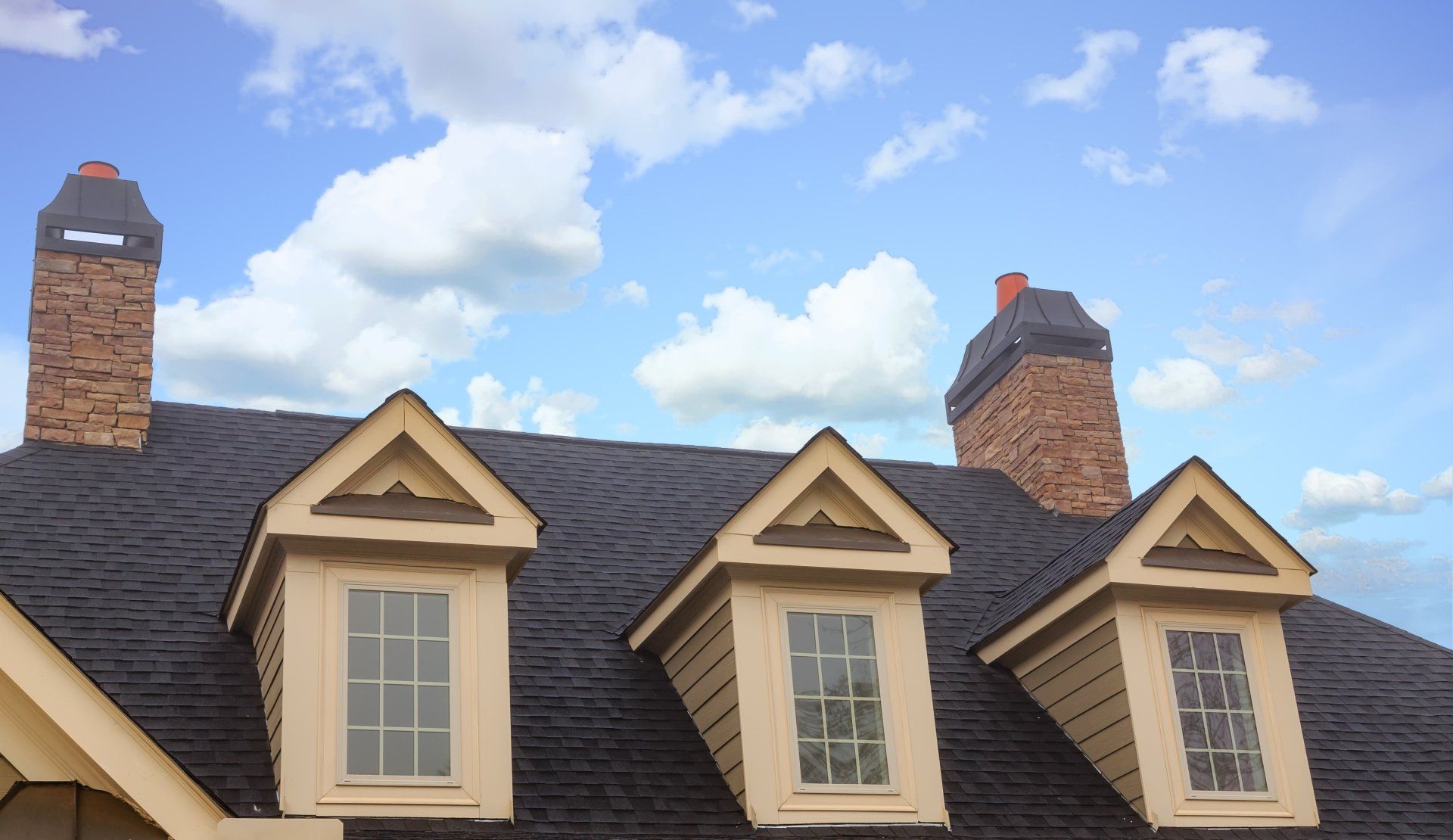4 Reasons Flat Roofs Rock for Residential Buildings
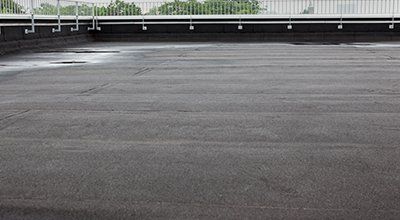
Flat roofs, which are actually slightly sloped, are a common sight on commercial and industrial buildings of all types, but advancements in design and materials now make them a great choice for homes as well. Many homeowners are so unfamiliar with the idea of a flat roof that they don't even consider it as an option.
However, flat roofs have a number of advantages for residential structures, and these four benefits are likely to make you think twice about the design of your next roof.
1. Useful Space
First, a flat roof can be used for moving certain pieces of home equipment, like air conditioners, vent pipes, and solar water heaters, off of the ground and high up where no one can see it. Of course, the roof must be designed to hold up the extra weight, but this is easy to do and rarely increases the cost of the roof by much.
Many green-minded homeowners choose a flat roof just for the easier installation and higher yields from solar panels, which are a perfect addition to pair with a flat roof. Solar panels need regular inspection and maintenance too, and a flat roof allows for faster and safer access to the panels.
Keep in mind that a flat roof performs better without anyone walking on it, so decks and patios are only an option with a secondary frame to support the weight. And if you are thinking about planting a green garden area to reduce heat absorption, it can only be installed on low-slope or flat roofs.
2. High Insulation Value
The best designs for low-slope roofs that fit the needs of residential buildings feature built-in insulation as an integral part of the roof assembly. For example, EPDM roofs involve at least three inches of solid foam boards or spray-in foam before being covered with the flexible top membrane. Despite eliminating the majority of attic space, flat roofs have small, one- to two-foot-tall openings between the roof and the ceiling.
These spaces can be completely filled with insulation, as long as the ceiling below is airtight to keep out moisture, to keep as much heat out as possible. You'll stay cooler in the summer and then warmer in the winter since your heat won't simply rise up and escape through the ceiling and roof.
3. Lower Installation Cost
The cost of a roof shouldn't be the only thing you base a decision on, but it is nice to save a little money on installation to put towards annual maintenance. Flat roofs tend to cost less than sloped counterparts because the total amount of covering materials is reduced thanks to the nearly flat design.
Installation is also easier and faster due to the reduction in size and weight of rafters. Most flat roof installations are built around pre-made trusses, which cost a little more to order and go in quickly for lower labor costs. Once you balance everything out, you're likely to spend less upfront by choosing a flat roof.
4. Energy Efficiency
Not all flat roofs are automatically energy efficient, but they are easier to make efficient with the right considerations. Eliminating the large airspace that an attic creates makes it easier to circulate cool air throughout the entire structure without wasting a lot of energy.
You can choose from light or dark-colored top layers for the roof to give you heat resistance if you spend more on A/C or absorb as much heat as possible if your climate is cold. Econo-Roofing is ready to help you make your roof as energy efficient as possible, whether you choose a sloped or flat design.






















